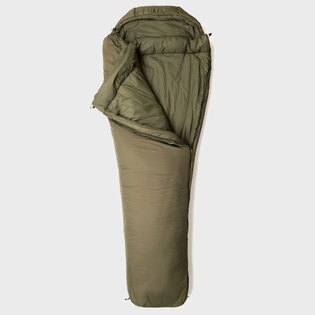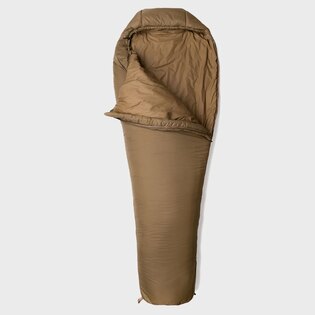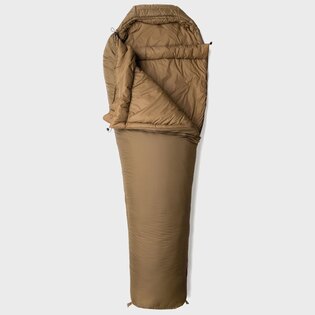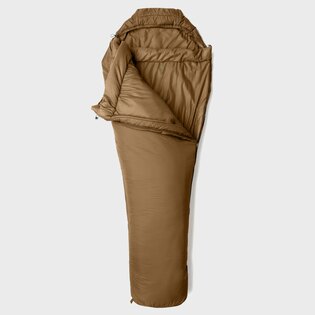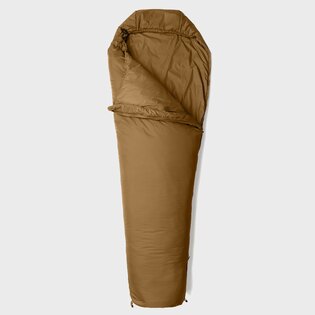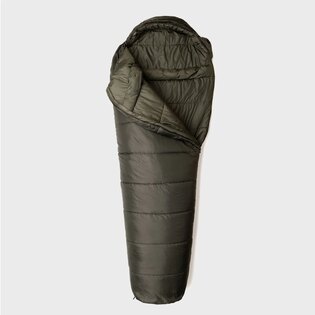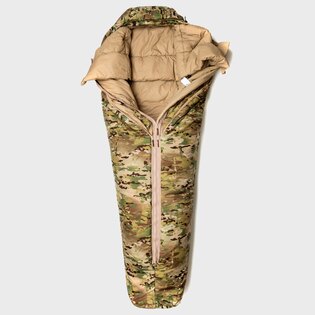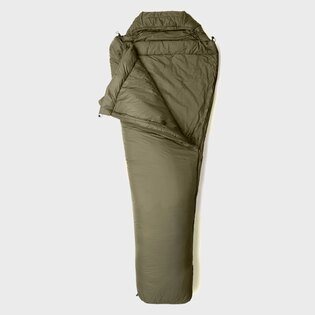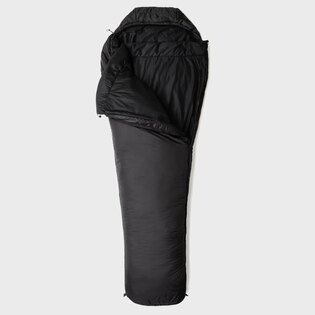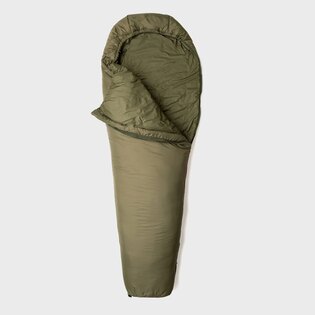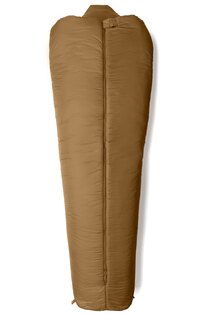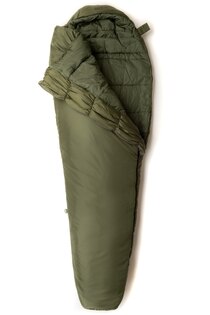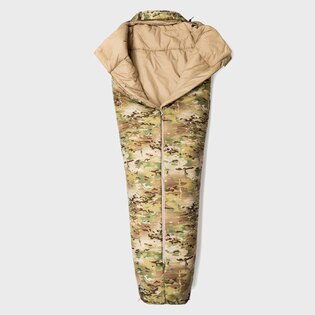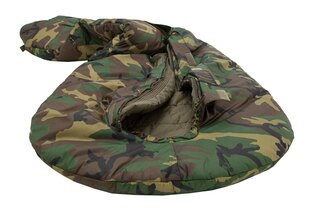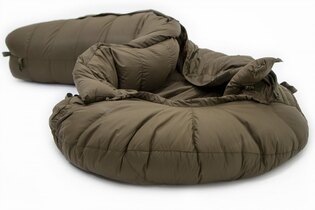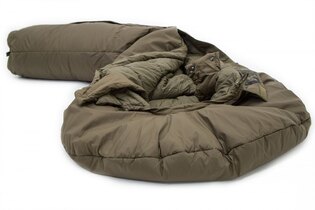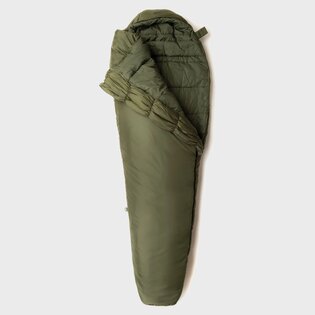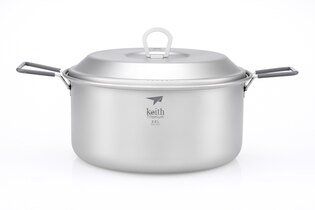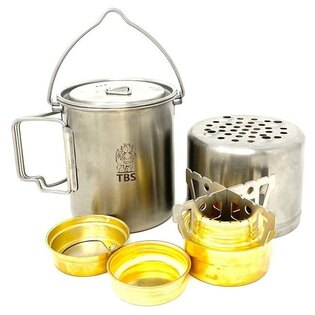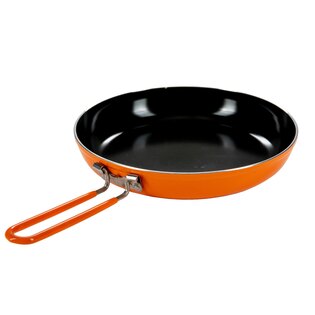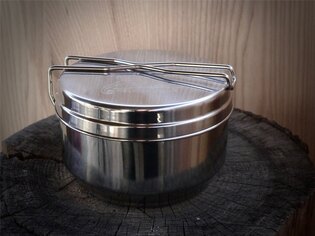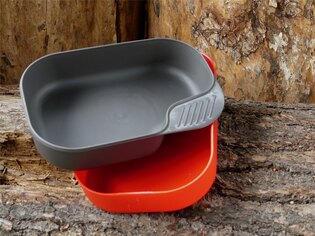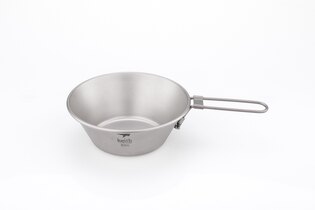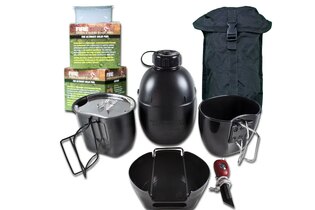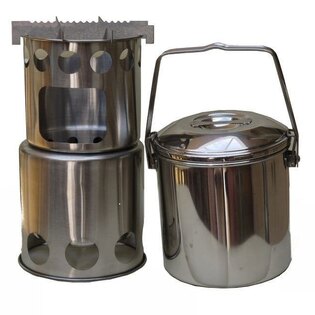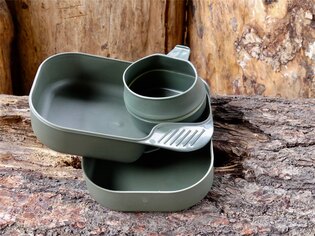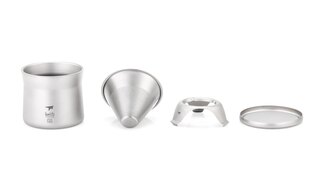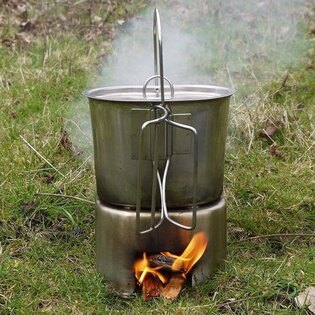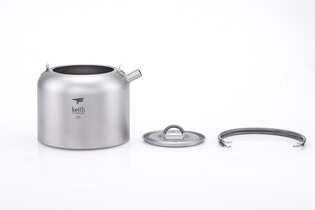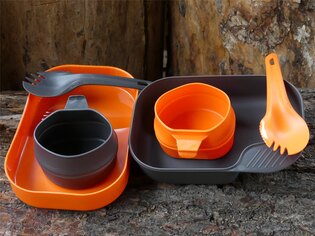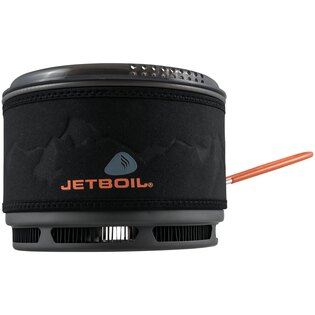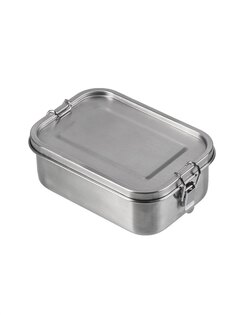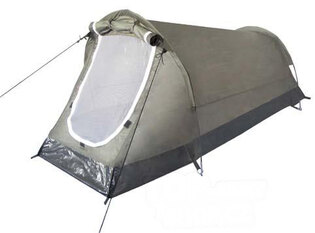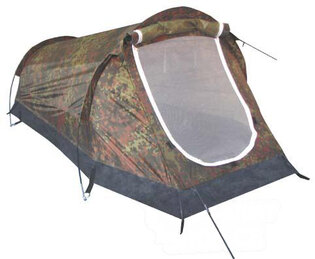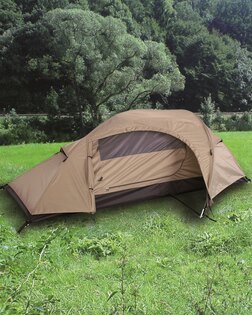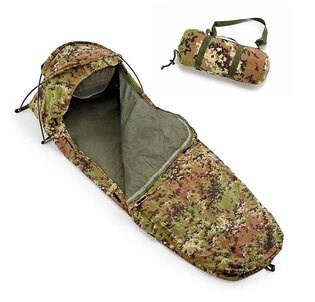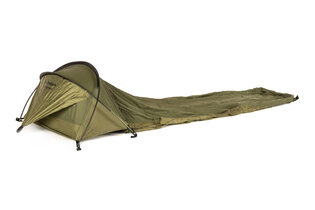Microadventures in Early Spring: Small Trips for Big Experiences
Early spring and the first warm rays of sunshine stir the spirit of adventure. The days grow longer, the air carries change, and you feel the urge to get out. You don’t need to wait for summer or organize a big expedition—short, spontaneous microadventures can be just the escape you need. Grab your pack, pick a direction, and take that first step. Not sure where to start? This article has your back with inspiration and practical advice for your next microadventure.
British explorer Alastair Humphreys, who helped popularize the idea of microadventures, says: “Adventure doesn’t have to be grand, it just has to be different.” And that’s the heart of it—bivouacking, greeting the sunrise from a hilltop, or braving cold water swims. Adventure could be waiting just beyond your backyard.
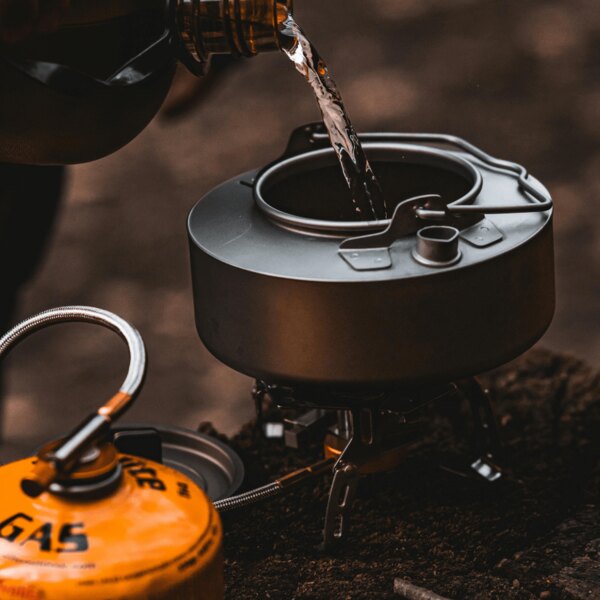
It is not necessary to wait for a vacation. Microadventures will immediately pull you out of your routine. And it costs almost nothing!
Microadventures aren’t just about fun—they bring real benefits to your everyday life:
- Discover nearby treasures – We often overlook the beauty just outside our doors. Microadventures help you rediscover your local surroundings.
- Clear your mind and recharge – Nature reduces stress and brings a fresh sense of purpose.
- Strengthen your relationships – Shared outdoor experiences create stronger bonds than a movie night ever could.
- Learn new skills – Navigation, fire-starting, bushcraft—each adventure teaches something new.
- Save money – Skip pricey attractions and enjoy a cost-free adventure with just your backpack.
Don’t Put Away Your Winter Gear Just Yet
It might feel like spring, but early spring weather is unpredictable. What starts as a sunny day can quickly turn into snow or freezing rain. That’s why it’s essential to prepare for cold and wet conditions. Dress in layers, pack a waterproof jacket, and wear proper footwear. The best adventures are the ones where the weather doesn't catch you off guard.
5 Microadventures to Try This Spring
Theory is nice—but adventure is about doing. These five microadventure ideas are perfect for a spontaneous weekend escape. Pick one, pack your bag, and step into nature.
Microadventure #1 – Sleeping Outside
You don’t need to wait until summer to spend a night outdoors. In fact, trying it in different seasons only enriches the experience—each one has its own atmosphere and set of challenges, and every outing feels unique. A cup of coffee brewed over a campfire tastes entirely different on a misty spring morning than it does on a hot summer day. Watch nature change from the front row and learn to adapt with it.
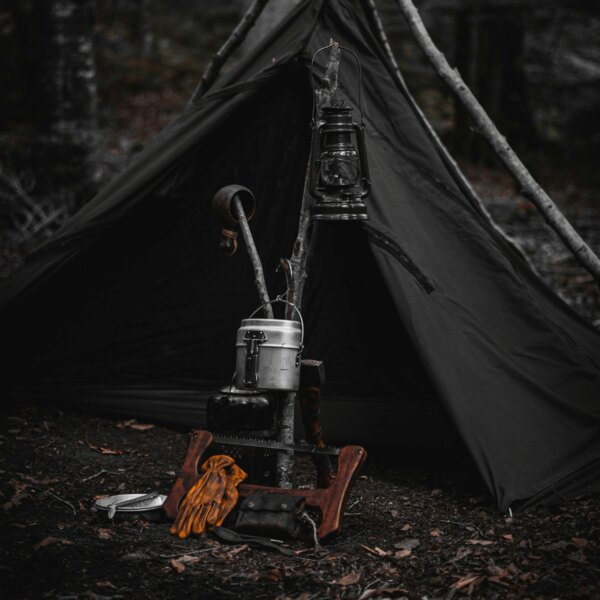
Build a shelter in the forest using a tarpaulin or tarp and sleep under it. Try the same in different seasons - it will never be the same.
How to do it?
Find a scenic and safe spot close to home—or within easy driving distance—where overnight stays are legal. Pack a winter-rated sleeping bag, an insulated mat, and a good shelter: a bivy sack, tarp, or tent. Bring paracord or bungee cords for setup and adjustments.
Looking to take it up a notch? If you want to try a bit of bushcraft, bring a quality axe, folding saw, and bushcraft knife, and challenge yourself to build a shelter from branches.
TIP: Not sure which knife to choose for your adventures? Our guide to bushcraft and survival knives will help you decide.
When the evening comes, a campfire adds atmosphere—but always follow fire safety rules and environmental guidelines. Don’t cut live trees, and take all your trash with you. Simple rule: leave no trace—or better yet, leave it cleaner than you found it.
TIP: Want to master fire-starting in tough conditions? This article will help you boost your skills dramatically.
Variations to try:
- Backyard camping – Not sure about your skills or want a warm base nearby? Try camping in your backyard, at the cottage, or even a quiet corner of the yard. If you have kids, they’ll love it—and it’s a gentle way to introduce them to outdoor adventures. After all, you sleep in a bed all year—why not try something different for a night?
- Full moon campout – Sleeping under a full moon is a magical experience. The soft moonlight transforms the landscape and creates an entirely new atmosphere. Find a spot free from light pollution and let the night take over.
- New moon and stargazing – On the flip side, new moons offer the darkest skies and the best stargazing. Head away from city lights for an awe-inspiring view of the Milky Way and constellations you rarely see at home. Apps like SkyView help you identify what you’re seeing.
- Bikepacking overnight – Combine your overnight stay with a short bikepacking trip. Find a reachable destination, pack your bike gear, and try a simple ride-and-camp combo. Who knows—you might love it enough to plan a multi-day bikepacking adventure this summer.
🎯 Micro Challenge: Four Seasons
Sleep outdoors in each season and observe how not only nature changes but also the challenges you face. How does your experience differ in winter, spring, summer, and autumn?
Microadventure #2 – Cold Water Swimming
Cold water swimming has gained popularity in recent years—and chances are, you’ve seen those brave souls in beanies plunging into icy ponds. While it may be trendy, it also offers undeniable benefits. If the call of cold water intrigues you, give it a try.
It’s not just about building resilience—it transforms a simple swim into a full-on experience. The moment you push through the initial shock and feel the surge of endorphins warming your body from the inside out, you’ll understand why so many people keep coming back for more. Beyond the instant energy boost, regular cold exposure can strengthen your immune system, improve circulation, and reduce stress. Most importantly, it’s a powerful way to step out of your comfort zone and into something new.
If you’re new to cold water swimming, there’s no need to dive into a frozen lake on day one. Start gradually—end your showers with cold water and slowly increase the duration. Once you’ve adapted, try outdoor dips in calm, shallow water where you feel safe.
Think safety first: Cold exposure isn’t a competition or a test of toughness. Always approach icy water with respect. Start with short dips—1 to 3 minutes is enough—and gradually build up. Afterward, dry off quickly, bundle up in warm layers, and sip something hot. If you have any medical conditions, talk to your doctor first. And never go alone—bring a buddy to keep an eye on you.
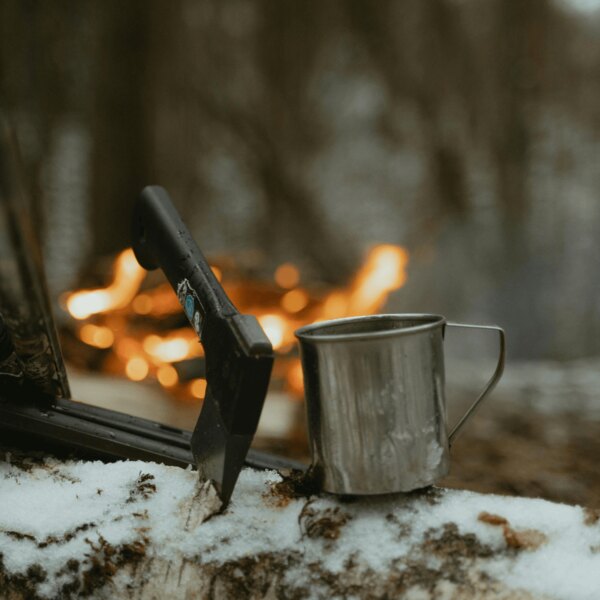
Morning coffee brewed over a fire tastes completely different.
🎯 MicroChallenge: Start at Home
Try a cold shower or a short dip in cold water this week! Observe how your body gradually adapts to the cold, and try to maintain the routine for at least a month. What changes will you notice?
Microadventure #3 – Cooking Over Fire
A trip into nature doesn’t have to be all about moving from point A to point B. Why not turn it into a culinary experience and bring your family or friends along? But forget the usual sausages and instant noodles—this time, go big. Try preparing a full meal that’s both delicious and surprisingly simple. Food you cook yourself over an open flame, surrounded by fresh air, always tastes better.
🎯 Micro Challenge: A Slightly Better Campfire
Start with a ordinary yet extraordinary campfire. Challenge yourself to try something new and attempt to avoid pre-packaged grill items from supermarket offerings. Be creative – it will be worth it!
Microadventure #4 – The Sweat Lodge
The sweat lodge—also known as an “Indian sauna”—is a traditional purification ritual of the Indigenous peoples of North America. Or simply put, it’s an improvised sauna you can build in the forest or in the backyard of your cottage.
How does it work?
A sweat lodge is a low, dome-shaped structure usually made from flexible willow branches and covered with blankets or tarps to keep the heat and darkness inside. In the center of the lodge is a pit where stones—previously heated in a fire—are placed. Once everyone has entered, the entrance is sealed and water is poured over the stones to produce hot steam. Much like a steam sauna, this mix of heat and humidity promotes detoxification, muscle relaxation, and mental clarity.
Building the lodge together, preparing the fire, and then sharing the sauna experience with friends or family can turn into a truly unique and memorable afternoon. However, it’s important to approach the ritual with respect and humility, follow safety precautions, and always listen to your own physical limits.
🎯 Micro Challenge: Creative Sauna Experiences in Your Area
Do you want to kickstart your immunity with sauna sessions in early spring but don't have your own sauna and find the crowds in water parks unappealing? Explore interesting and less traditional options in your area – cabins with unique saunas, a sauna at a friend's cottage, or an event with a sweat lodge organized by cold exposure instructors. Discover a new way to enjoy warmth in the midst of the cold season!
Microadventure #5 – Sunrise on a Hilltop
Some experiences stay with us forever—and watching the sunrise from the top of a hill or mountain is one of them. It’s a pure moment of stillness when night turns into day, the world is quiet, the sky shifts color, and the first golden rays spread across the landscape. No crowds, no stress—just you and the endless horizon.
You’ll be setting out in the dark, so plan your route carefully and allow extra time for the hike. A headlamp and offline map will help you stay on track, and a power bank will ensure your phone stays charged. At the summit, you’ll be grateful for a sleeping mat to sit on, a sleeping bag or extra layers to stay warm—early morning frost or chill can easily ruin the magic. And let’s be honest—no sunrise is complete without a hot cup of tea or coffee from your thermos.
🎯 Micro Challenge: Celtic Telegraph
Join the Celtic Telegraph event. Reserve one of the hilltop stations, light a fire. Watch the connection of light signals across the landscape and experience a connection with nature and ancient tradition. More at www.keltskytelegraf.cz.
How to Prepare for a Microadventure?
Basic equipment:
- Layered clothing – functional thermal underwear, insulated sweatshirt, insulated jacket with membrane.
- Quality hiking boots - suitable for all weather conditions.
- Thermos – a warm drink will replenish your energy.
- A light snack – ideally something portable and nutritious.
- Power bank – if you use your phone for navigation.
- Headlamp/flashlight – for evening and night trips. Pack spare batteries.
- First aid kit – basic medical supplies, plasters, bandages, disinfectant.
- Thermal foil – several pieces. Read about all the things it can be used for in an emergency.
- Rain protection – poncho, waterproof pouches, etc.
- Offline maps – if you’re planning an adventure without a signal.
- Lighting a fire – for example, a lighter, flint or matches.
- Hydration pack or bottle – sufficient water supply.
- Tin mug – for tea or coffee on the go.
- Knife, multitool– an indispensable helper. We know from experience that one is not enough. Take a look at our offer and you will agree with us.
- Pocket heaters - have you tried our new Haago products yet? It's not too late, winter hasn't had its last word!
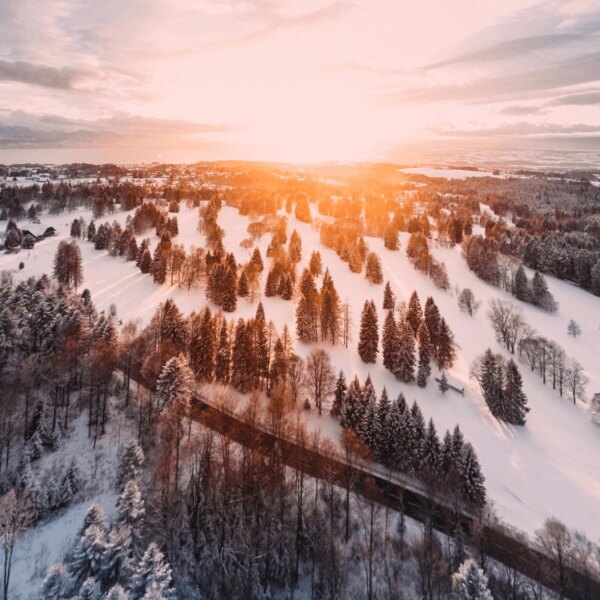
An expedition to see the sunrise requires planning and discipline. However, you will see something that remains hidden from the ordinary "daytime" tourist.
For sleeping outside:
- Winter sleeping bag, sleeping mat, hammock – basic equipment for sleeping.
- Paracord, bungee ropes – for building and securing the shelter.
For cooking:
- Fire-making supplies.
- Knife, axe, wood saw.
- Plenty of water.
- Cooking ingredients.
Useful applications for your microadventures
📱 Useful Apps for Microadventures
🗺️ Mapy.cz – Detailed tourist maps, ideal for route planning.🚑 Záchranka – Quick emergency service call.
☁️ Yr.no – Accurate weather forecast.
🚆 IDOS Timetables – Train and bus connections. 🥾 Adventurer – Recommended hiking routes.
✨ SkyView – Stargazing.
🌿 Flora Incognita – Identifying plants using a camera.
🦜 Merlin Birds – Bird sound recognition.
⛺ Bezkempu.cz – Wild and legal camping.
🌎 Outdooractive – Outdoor trails worldwide.
Enough Talk—Adventure Awaits!
Microadventures are about action. You don’t need perfect weather or expensive gear. Just go—and see how much magic fits into a single day.
Readers are further interested



























































































































